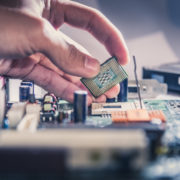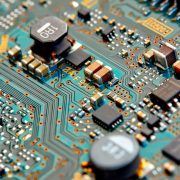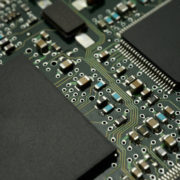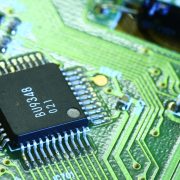System on a Chip Applications in IoT: Powering a More Connected World
The Internet of Things (IoT) is reshaping industries, homes, and cities by connecting billions of devices that gather, process, and share data in real time. From wearable health trackers to industrial sensors, IoT relies on compact, power-efficient, and high-performance hardware to function seamlessly. At the heart of this transformation is the System-on-a-Chip (SoC)—a miniaturized, integrated solution that combines all essential electronic components onto a single silicon chip. This innovation not only streamlines device design but also enables the intelligence and connectivity that define the IoT era.
Why System on a Chip is the Backbone of IoT Innovation
A System on a Chip integrates multiple components, such as the central processing unit (CPU), memory, input/output interfaces, and, often, wireless connectivity, into a single compact platform. This consolidation enables IoT devices to be smaller, faster, and more energy-efficient while reducing production costs. For devices that need to operate continuously in the field or rely on battery power, efficiency is everything, and SoCs deliver precisely that.
IoT devices must balance performance with low power consumption and real-time processing. A System on a Chip architecture achieves this by eliminating the need for multiple discrete components, minimizing energy loss, and improving data transfer speeds. The result is a highly integrated design capable of supporting tasks like sensor data processing, wireless communication, and embedded machine learning, all within a compact footprint.
In addition, SoCs offer developers scalability and flexibility. With custom design options, engineers can optimize each System-on-a-Chip for specific IoT applications, from industrial automation to consumer electronics. This level of customization enhances performance while ensuring that every chip meets the unique demands of its intended use case.
Real-World Applications of System on a Chip in IoT
The versatility of the System-on-a-Chip has made it a cornerstone of modern IoT development. In smart home ecosystems, SoCs power everything from connected thermostats and lighting systems to security cameras and voice-activated assistants. Their ability to support wireless protocols such as Wi-Fi, Bluetooth, and Zigbee enables seamless communication between devices, creating a unified, efficient home environment.
In the healthcare sector, SoC-based wearables and remote monitoring devices enable real-time health tracking and diagnostics. These systems process biometric data directly on the device, transmitting only essential information to the cloud—improving speed, privacy, and reliability.
Industrial IoT applications benefit significantly from the robust performance of System on a Chip technology. Smart factories use SoC-powered sensors and controllers to monitor machinery, predict maintenance needs, and optimize energy use. Similarly, in transportation and logistics, SoCs enable real-time tracking and data analysis, enhancing efficiency and safety.
As IoT expands into edge computing, SoCs are becoming even more critical. Edge devices equipped with SoCs can perform local data processing without relying solely on cloud infrastructure, reducing latency and increasing autonomy.
Driving the Future of Connectivity
The System on a Chip is the unsung hero behind the IoT revolution, enabling billions of devices to connect, communicate, and make intelligent decisions. Its compact design, energy efficiency, and adaptability make it indispensable across industries.
As demand for smarter, faster, and more sustainable connected devices grows, SoC innovation will continue to push the boundaries of what’s possible, powering a more connected and efficient world.
Linear MicroSystems, Inc. is proud to offer its services worldwide as well as the surrounding areas and cities around our Headquarters in Irvine, CA: Mission Viejo, Laguna Niguel, Huntington Beach, Santa Ana, Fountain Valley, Anaheim, Orange County, Fullerton, and Los Angeles.












